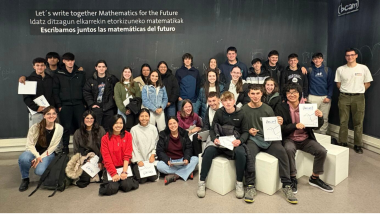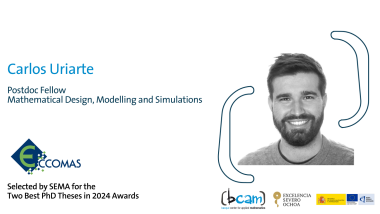The scientists who inspired us (III): Maria Gaetana Agnesi
When studying at school, my passion for science was encouraged by the work of several women scientists who were engaged in physics, chemistry and mathematics. Maria Gaetana Agnesi was among them. She was an Italian mathematician and philanthropist and the first woman ever appointed as a professor at a university. In her case, it was the University of Bologna.
Maria Gaetana Agnesi (1718-1799) was born in a wealthy merchant family. She was the eldest among 21 brothers and sisters. Her father, a professor of mathematics, supported her aptitude for science and provided her with a good education. Therefore, she managed to learn mathematics with Ramiro Rampinelli, Roman and Bologna professor of mathematics. Since childhood, she always demonstrated a passion not only for math but also for languages and philosophy. In fact, at the age of nineteen, she wrote a Latin treatise defending women’s rights for education.
She was among the pioneers who were investigating geometric objects as curves and surfaces. In modern computer-aided design, they play a crucial role in the creation, modification, analysis, or optimization of computer models for industrial and manufacturing purposes. Apart from industry, geometry accompanies us in our day-to-day life. It helps us in deciding what materials to use, what design to make and it is also the main part of the construction process itself. At BCAM, I carry out research using curves and surfaces with applications to industry and utilize computational geometry techniques which are partially based on Agnesi’s studies and generalizations.
In particular, Maria Gaetana Agnesi investigated a cubic plane curve, Versiera curve, which was later named after her. There is actually a funny story associated with the name of this curve. In 1748, Maria Agnesi published a work “Instituzioni analitiche ad uso della gioventù italiana” in italian, where this curve was called “Versiera”. When her work was being translated into English, the translator used the literal translation of the word which means “Witch”. As a result, in English Literature, this curve is often referred to as the “Witch of Agnesi”.

Agnesi’s results have made a tremendous impact on me because of her strong opinion, consistency and determination. She systematized and gave light to all sections of mathematics of the beginning of the XVIII century including Descartes geometric methods and the theory of algebraic equations. Her name still remains famous in the broad scientific community. Indeed, in 1996, an asteroid, 16765 Agnesi, was named after her, as well as a crater on Venus. It is inspiring, isn’t it?
- Sources: Wikipedia.org, Enciclopedia Italiana (in italian)
- Picture sources: Portrait of Maria Gaetana Agnesi displayed at the Scala Museum from Milan [Public domain], The Witch of Agnesi curve [Public domain]
Related news
About the center
About the center




